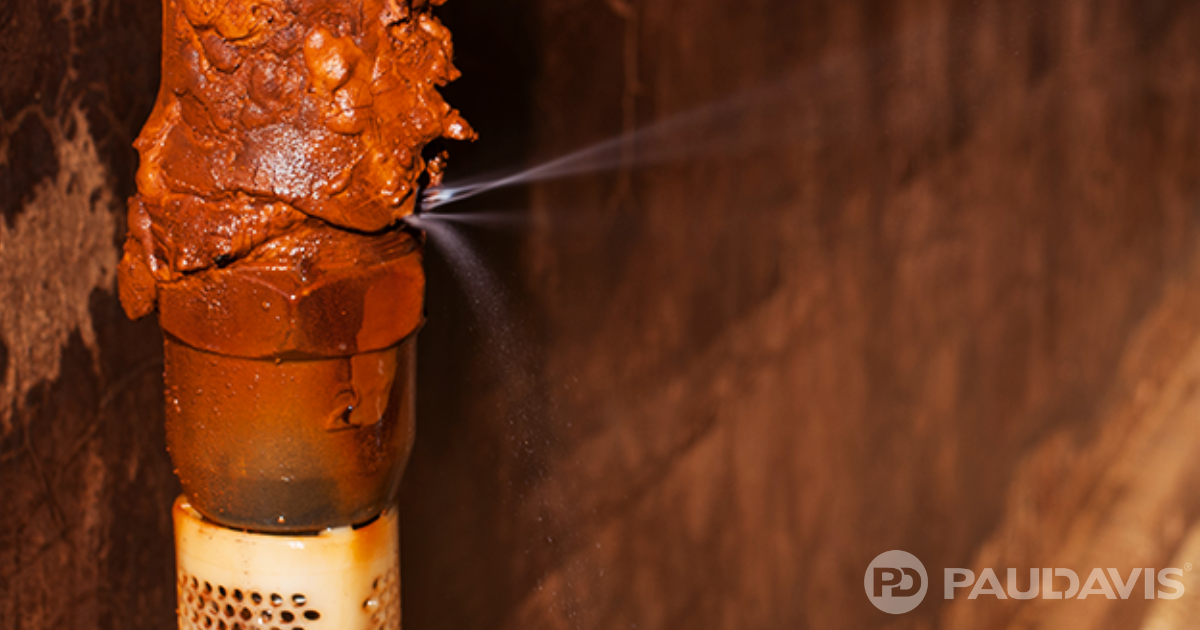
Canadian homeowners occasionally forget a few of the necessary winterizing tasks ahead of freezing temperatures. One of the most common: forgetting to shut off water supply to pipes exposed to freezing temperatures. It’s vital to drain them and leave the exposed faucets slightly open to allow any residual water to drip out. Missing that chore often leads to pipe bursts, advises Brady Chuckel, President of Paul Davis of Southeast Wisconsin. Chuckel knows what he’s talking about. “Even in southeastern Wisconsin, winter temperatures remain well below zero for weeks on end and occasionally fall as low as minus 34 degrees celsius.” He suggests that homeowners make a winterizing checklist to lessen cold weather damage. “Including these ten winterizing tasks on your checklist will help avoid home damage and high repair bills,” says Chuckel.
- Worn out attic insulation - warm air rises and leaves the house through the roof. Proper attic insulation lowers heating expenses and prevents ice dams from forming.
- Clogged dryer vents - clean them regularly to avoid a leading cause of house fires from lint build-up.
- Window and door gaps - seal around these and also recessed lights, attic hatches and plumbing vents that may be allowing warm air from the living space to enter the attic.
- Replace furnace filters - a dirty filter with trapped lint, pollen, dust and pet hair obstructs airflow and makes your furnace run longer to heat your home.
- Clear eavestroughs and downspouts clogs - remove all leaves and debris build-up, so gutters allow melting snow to drain properly.
- Shutting off and draining lawn irrigation - protecting these systems from freezing requires proper draining of water to avoid expensive repairs.
- Inspecting furnace and radiator - wintertime is no time for a malfunctioning heating system. Have a pre-season inspection and you’ll gain protection against sudden cold nights and longer wintertime waits for service.
- Inspect roof and chimney - a sagging roofline may signal framing issues or a saturated roof deck from rotten wood. Leaky chimney flashing is commonly mistaken for a leaky roof. Look for signs of water intrusion near the chimney.
- Check smoke detectors - residential fires are more common in winter. It’s important that all your smoke detectors work properly. Check monthly and replace batteries as needed.
- Protect outdoor AC equipment - air conditioner equipment can withstand cold, snow, rain and sleet. To protect against falling debris in a winter storm, buy an AC covering or simply place a piece of plywood on top of the AC unit and secure it with straps.
“The perfect time to winterize your home varies,” says Chuckel. “A good rule of thumb is to start your winterizing tasks before local temperatures are expected to dip below freezing. Once temperatures reach 2 degrees celsius, pipes are susceptible to freezing and mounting pressure from an ice formation can burst pipes. Don’t procrastinate! Water damage to your home and furnishings is just too expensive to ignore.”
